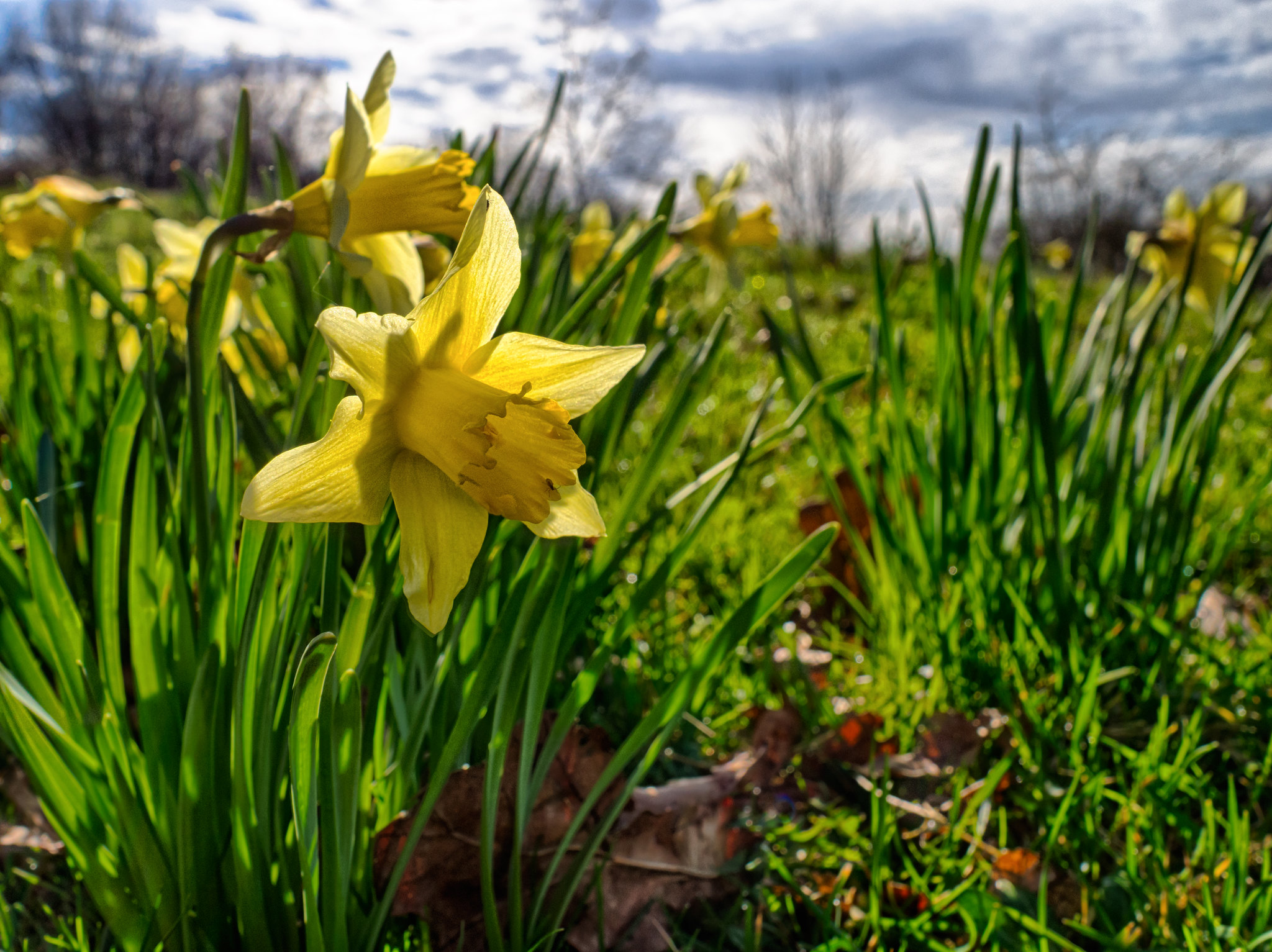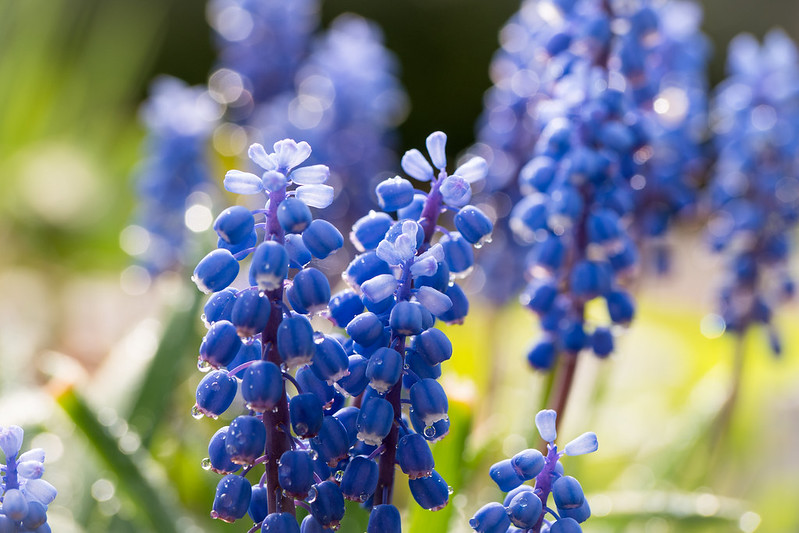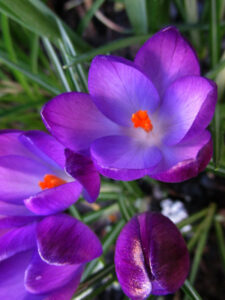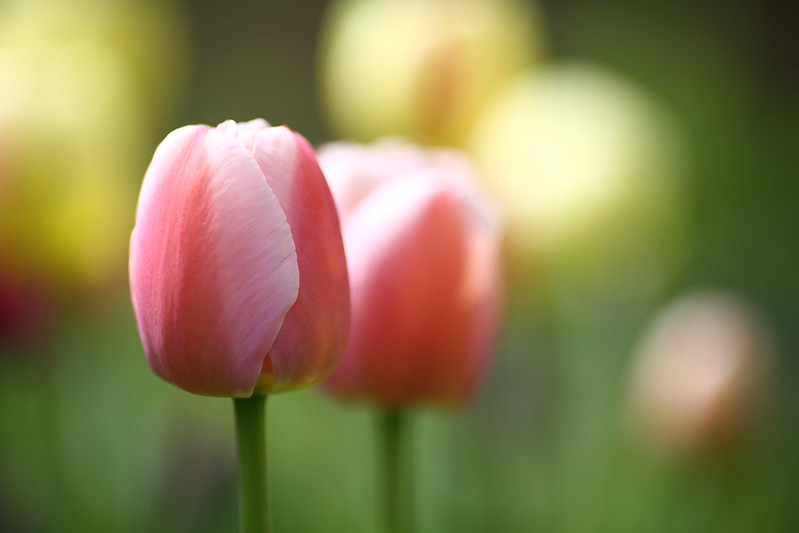Spring Bulbs in November
go.ncsu.edu/readext?968936
en Español / em Português
El inglés es el idioma de control de esta página. En la medida en que haya algún conflicto entre la traducción al inglés y la traducción, el inglés prevalece.
Al hacer clic en el enlace de traducción se activa un servicio de traducción gratuito para convertir la página al español. Al igual que con cualquier traducción por Internet, la conversión no es sensible al contexto y puede que no traduzca el texto en su significado original. NC State Extension no garantiza la exactitud del texto traducido. Por favor, tenga en cuenta que algunas aplicaciones y/o servicios pueden no funcionar como se espera cuando se traducen.
Português
Inglês é o idioma de controle desta página. Na medida que haja algum conflito entre o texto original em Inglês e a tradução, o Inglês prevalece.
Ao clicar no link de tradução, um serviço gratuito de tradução será ativado para converter a página para o Português. Como em qualquer tradução pela internet, a conversão não é sensivel ao contexto e pode não ocorrer a tradução para o significado orginal. O serviço de Extensão da Carolina do Norte (NC State Extension) não garante a exatidão do texto traduzido. Por favor, observe que algumas funções ou serviços podem não funcionar como esperado após a tradução.
English
English is the controlling language of this page. To the extent there is any conflict between the English text and the translation, English controls.
Clicking on the translation link activates a free translation service to convert the page to Spanish. As with any Internet translation, the conversion is not context-sensitive and may not translate the text to its original meaning. NC State Extension does not guarantee the accuracy of the translated text. Please note that some applications and/or services may not function as expected when translated.
Collapse ▲Taken from article written by Jessica Strickland, N.C. Cooperative Extension, Wayne County Center agent.
Many of us incorporate spring-flowering bulbs into our landscapes to enjoy seeing the first colors of spring. However, the time you plant spring-flowering bulbs is not a time of year that you would typically be thinking about spring color.
Spring-flowering bulbs are planted in November when the soil temperature has dropped below 60°F. Spring-flowering bulbs include daffodils, tulips, crocus, and hyacinths, just to name a few. A bulb is like having a pre-packaged plant because everything the plant needs to successfully grow is inside the bulb. Bulbs store the plant’s food and energy needed to survive and successfully grow. The reason that spring-flowering bulbs are planted in November is that most need a 12- to 16-week chilling period to produce flowers. Planting in November will allow for bulbs to meet the needed chilling requirement to produce spring flowers. When bulbs do not receive a long enough chilling period, they usually have shorter stems and bloom close to the ground.
When purchasing bulbs, choose ones without mold, bruising, or soft spots. If you purchase bulbs in September or October, they should be stored in a cool area until planting time. Planting depth and spacing of bulbs is based on the bulb’s size. Plant bulbs three to four times as deep (measured from the bulb’s base) as the width of the bulb. For plant spacing, plant large bulbs 3 to 6 inches apart and small bulbs 1 to 2 inches apart.
Fertilizing bulbs will not help with this season’s performance, since the bulb already has food stored for the plant, however it will help for the future seasons. There are two options for fertilizing bulbs. One option is to include a slow-release fertilizer in the soil as you are planting the bulbs. The second option is to apply a soluble, quick-release fertilizer at the time of planting and again when shoots start emerging. A 10-10-10 fertilizer is recommended no matter which option you choose to follow. Along with applying a complete fertilizer, incorporating some additional phosphorus at the time of planting can encourage root growth. Types of phosphorus often used are bone meal or superphosphate. However, it is important to get a soil test of the planting area to determine if there is already enough phosphorus in the soil which could save you time and money.
A question that occasionally is asked with spring-flowering bulbs deals with tulips. Often people plant tulips, enjoy them for one season, but are then disappointed when they don’t come back in the second season. In Eastern North Carolina, tulips are thought of as annual flowers in that they would have to be replanted every year. Our climate and soil temperature tend to stay too warm for tulips to come up year after year.
As we get into the fall season, take time to purchase some spring-flowering bulbs to plant this November. When it is late winter and you are anxiously awaiting spring weather, you will be glad that you planted those bulbs and added color in the landscape to welcome in spring.
For tips on growing spring and summer flowering bulbs visit the NC State Extension note. For more detailed information and a list of bulbs grown in NC, visit Chapter 10 of our NC State Extension Gardener Handbook. Lastly, if you want to learn about different bulbs, find photographs, and determine growing characteristics, visit our Extension Gardener Plant Tool Box.
If you have additional questions about bulbs or gardening, then please contact Daniel Simpson, Pamlico County Extension Agent, at 252-745-4121 or Daniel_simpson@ncsu.edu.







